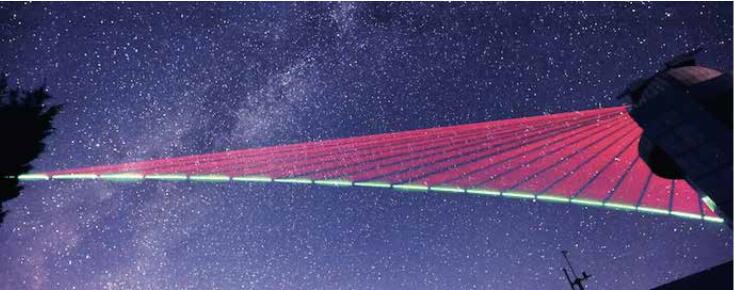It is seems to be inevitable. After repeatedly hitting headlines over the year of 2017, “Micius,” the satellite designed and built by the Chinese Academy of Sciences (CAS) for quantum science experiments at space scale, again drew the attention from the whole S&T circle of China on the morning of Feb 27, 2018, amid the joyful air hailing the Chinese New Year, the Year of the Dog.
This time the satellite was crowned the very top S&T advance of the year 2017, having survived two rounds of ballots by as many as 2,000 illustrious scientists of the country, including Members of CAS and the Chinese Academy of Engineering, chief scientists of projects under the National Basic Research Program (dubbed “973 Program”) and directors of State Key Laboratories.

The result from the three major quantum experiments aboard “Micius,” the first satellite designed by CAS for space experiments on quantum science, reaped the first place of the annual pick of 10 science advances of China. Illustrated here is an image of overlaid time-lapse photos tracking the laser beams to and from the satellite over the Xinglong station, trying to establish a reliable link between the satellite and ground station before the quantum key distribution experiment. The red laser is sent from the ground as a beacon for the satellite to follow and lock on; and the green one, the one carrying quantum keys, is sent from the satellite for the ground station to pick up. (Photo: By courtesy of Prof. PAN Jianwei’s team)

